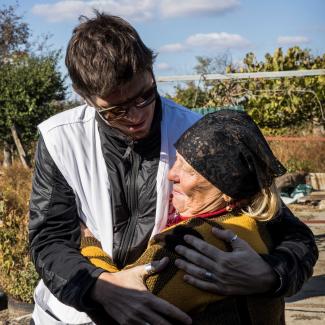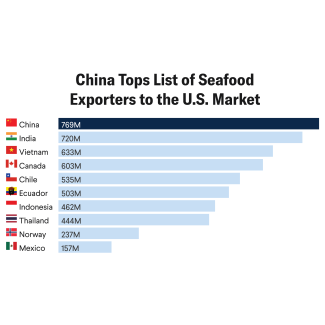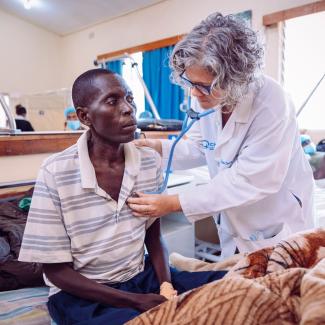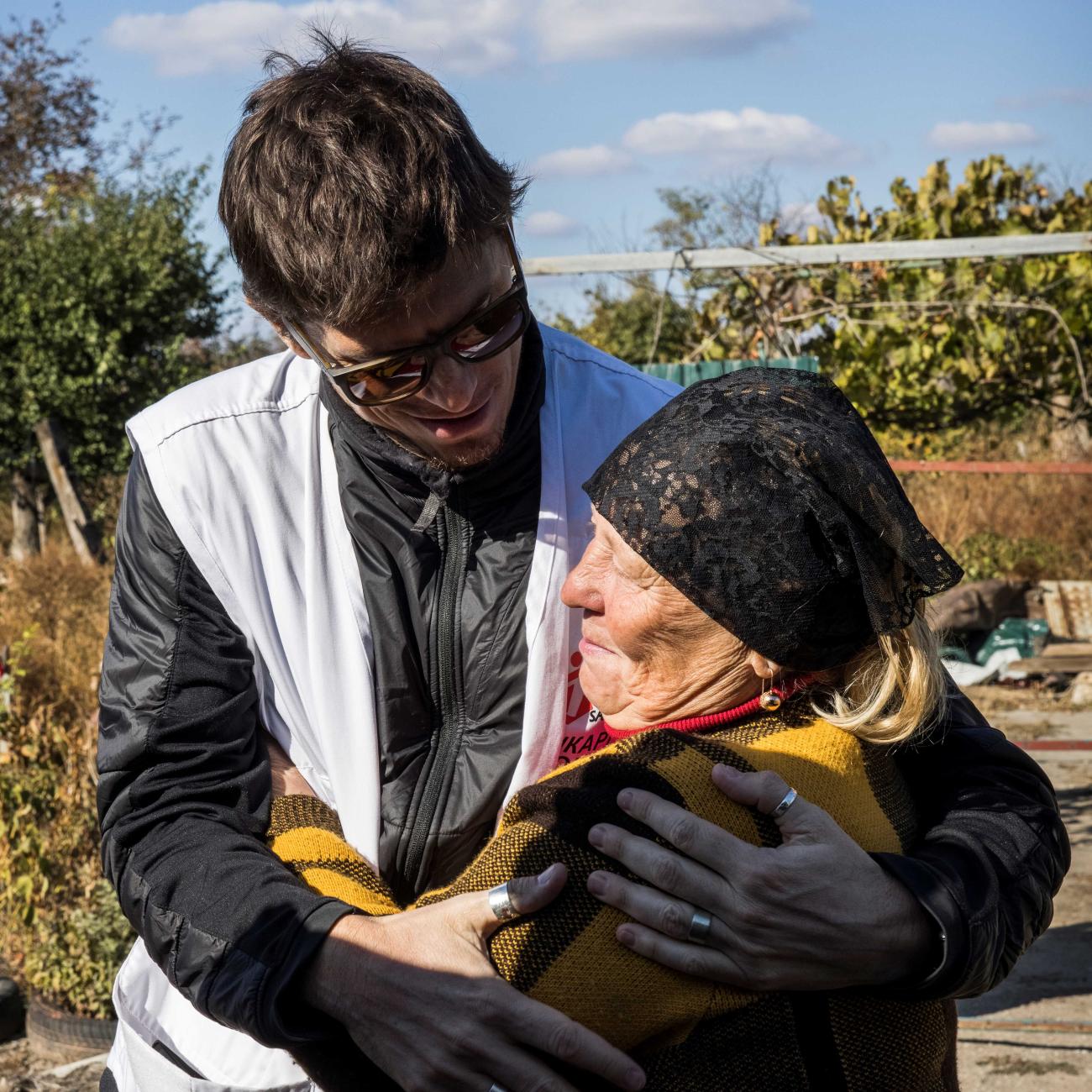On Wednesday, representatives for World Health Organization (WHO) member states agreed on the text of the Pandemic Agreement, an international treaty to bolster global pandemic preparedness, following three years of bargaining, many deadline extensions, and several sleepless nights for the Intergovernmental Negotiating Body (INB) that oversaw deliberations.
The next step to ensuring a safer and more equitable pandemic response will happen at this May's World Health Assembly, when the international body will vote on whether to adopt the text. Each member state will in turn choose whether to ratify it.
After failing almost a year ago to finalize a text of the legally binding instrument ahead of the assembly, due to long-standing disputes between high- and low-income countries, negotiators met repeatedly to compromise on several sticky provisions before next month's deadline.
One key tension resolved was over a proposed system of pathogen access and benefit sharing (PABS), under which manufacturers of vaccines and other pandemic countermeasures in high-income countries would be bound to share their products with low- or middle-income countries (LMIC) that provide crucial development data—such as biological samples or genetic information—on outbreak pathogens with pandemic potential.
Although details for the PABS system will be confirmed later in the agreement's annex section, the text stipulates that all participating manufacturers must make at least 20% of the real-time products available to the WHO for distribution to LMIC during a pandemic—a central demand made by the Africa Group during the negotiation process.
In our divided world, nations can still work together to find common ground, and a shared response to shared threat
Tedros Adhanom Ghebreyesus
This month, a final roadblock lingered over technology transfers, or the sharing of the technical know-how needed for domestic production of pandemic countermeasures between high-income countries and LMIC. European nations home to major pharmaceutical manufacturers such as Germany and Switzerland reportedly insisted that the provision frame those measures as subject to "mutually agreed" terms. WHO Director-General Tedros Adhanom Ghebreyesus thanked the Africa Group for their "flexibility" to agree to that language at the last minute.
Other significant sections in the roughly 30-page agreement [PDF] include a provision on "One Health" acknowledging that the "health of people is interconnected with animal health and the environment" and the establishment of a "global supply chain and logistics network" for pandemic-related health products.
The WHO and its stakeholders are marking this agreement as a win for global health cooperation after the United States withdrew from the organization and cut global health funding. Ghebreyesus told the body that the consensus signals "that multilateralism is alive and well, and that in our divided world, nations can still work together to find common ground, and a shared response to shared threats."
Without U.S. funding and its pharmaceutical base as a center of gravity for the WHO, and without China or another powerful nation likely to fill that role, member states now face the task of meaningfully implementing the agreement.




